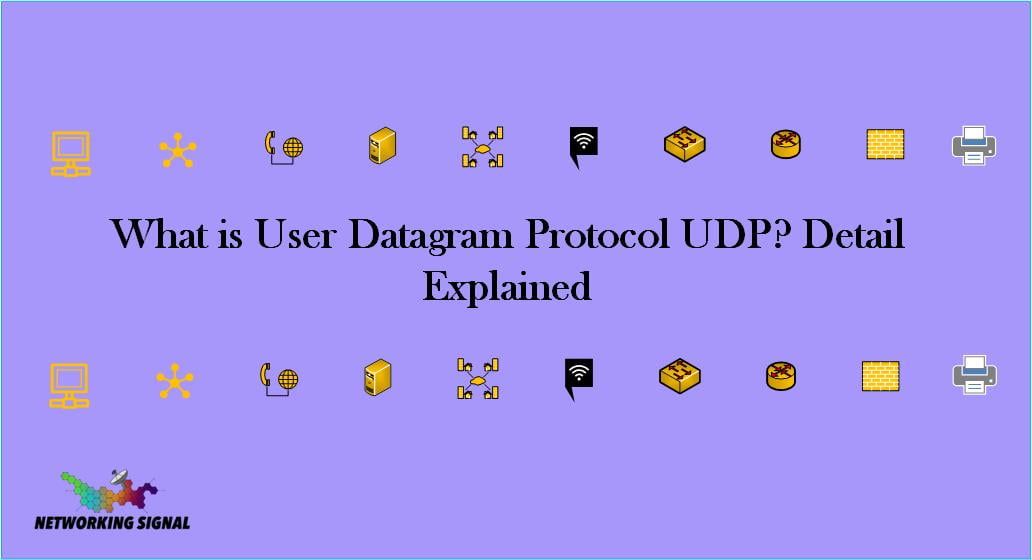What is User Datagram Protocol UDP?
User Datagram Protocol (UDP) is a transport layer protocol used for communication in computer networks. It is a simple, lightweight protocol that runs on top of the Internet Protocol (IP). UDP does not provide error correction or flow control, which makes it suitable for applications where these are not required.
- Examples of such applications include streaming audio and video, gaming, and VoIP.
UDP is a connectionless protocol, which means that it does not require a connection to be established between two devices before communication can take place. This makes it different from the Transmission Control Protocol (TCP), which does require a connection. UDP also uses a smaller header than TCP, which makes it more efficient.
What are the Different types of UDP Protocols?
There are two types of UDP protocols:
- UDP-Lite
- Multicast UDP
UDP-Lite is a version of UDP that provides partial error correction. This means that it can still function even if some of the data is lost or corrupted in transit. It is often used in applications where a small amount of data loss is acceptable, such as video streaming.
Multicast UDP is a version of UDP that allows for one-to-many communication. This means that a single message can be sent to multiple recipients at the same time. Multicast UDP is often used in applications where it is important that all recipients receive the same information, such as in a stock ticker or news service.
What are the Functions of the User Datagram Protocol?
The User Datagram Protocol has two main functions:
- It allows applications to send messages, or datagrams, to each other without requiring a connection to be established first.
- It provides a means for applications to send datagrams of varying sizes.
How Does User Datagram Protocol Work?

Here are the Working Processes of UDP:
- The application sends a datagram to the UDP layer.
- The UDP layer encapsulates the datagram with a UDP header and sends it to the IP layer.
- The IP layer further encapsulates the datagram with an IP header and sends it to the destination device.
- The destination device’s UDP layer receives the datagram and decapsulates it.
- The UDP layer then passes the datagram to the application.
What are the Advantages of the User Datagram Protocol?
There are several advantages of UDP over TCP:
- UDP is faster than TCP because it does not require the establishment of a connection before data can be sent.
- UDP is more efficient because it uses a smaller header than TCP.
- UDP can be used for applications that do not require error correction or flow control.
What are the Disadvantages of the User Datagram Protocol?
There are also some disadvantages of UDP:
- UDP is less reliable than TCP because it does not provide error correction or flow control. This means that data can be lost or corrupted during transmission.
- UDP is not suitable for applications that require guaranteed delivery, such as file transfer or email.
Why Does DNS Use UDP?
DNS uses UDP because it is a fast and simple protocol that does not require the overhead of a connection. DNS queries are typically small, so the lack of error correction and flow control is not a major issue. DNS is also able to handle large numbers of queries quickly, which is important for a service that needs to be available all the time.
UDP is the perfect protocol for DNS because it is lightweight and efficient. It can handle large numbers of queries without any issues, and it does not need to establish a connection before sending data.

